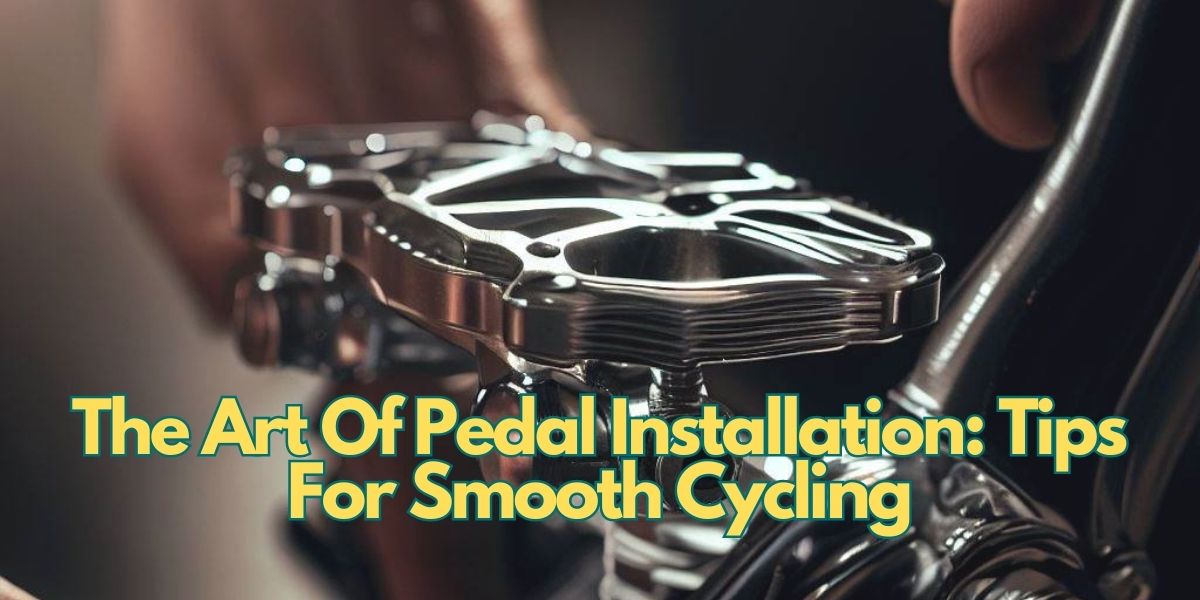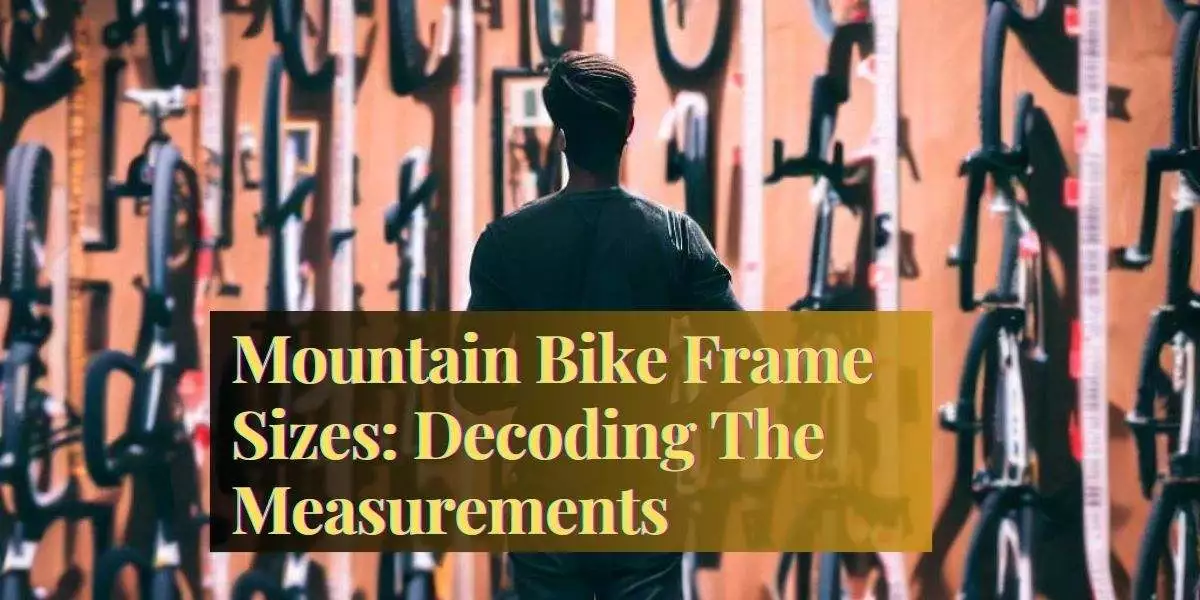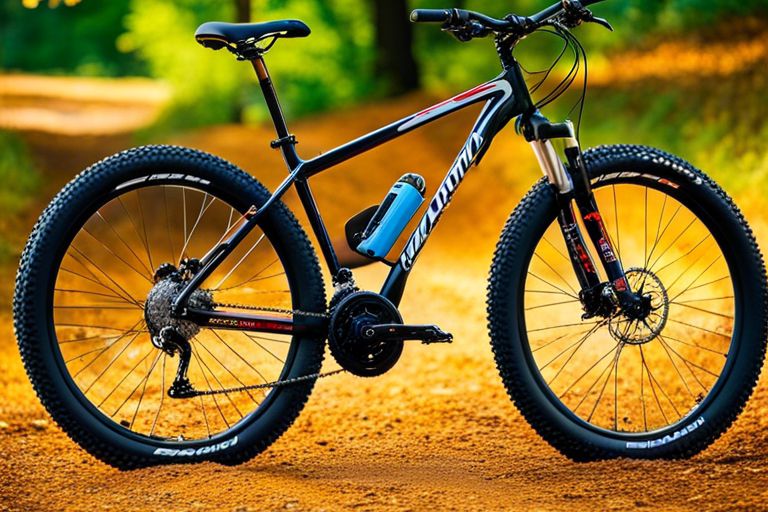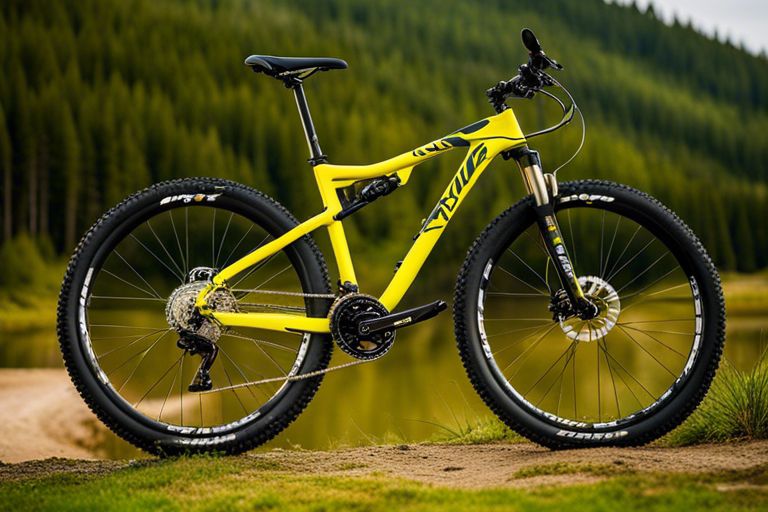In cycling, the pedal installation represents more than a mere mechanical task; it embodies a profound symbolism of liberation and empowerment. The seamless integration of pedals onto a bicycle is essential for safe and efficient cycling and serves as a symbolic representation of the freedom and autonomy that cycling offers.
As riders embark on their journeys, the proper orientation of pedals becomes crucial in ensuring a smooth and exhilarating experience. This article delves into the art of pedal installation, providing insightful tips and techniques for cyclists seeking a seamless connection between their feet and the pedals.
By exploring the correct pedal orientation, the necessary tools for installation, and expert tips for securing pedals, this article aims to equip riders with the knowledge and expertise to enhance their cycling endeavors and embrace the liberation that cycling brings.
Table of contents
Contents
- 1 Key Takeaways
- 2 Proper Pedal Orientation
- 3 Tools for Pedal Installation
- 4 Tips for Securing Pedals
- 5 Frequently Asked Questions
- 5.1 How often should I check the tightness of my pedals after installation?
- 5.2 Can I use a regular wrench or pliers to install pedals instead of a pedal spanner or Allen key?
- 5.3 What should I do if the pedals on my bike are stuck and won’t loosen?
- 5.4 Is it necessary to use pedal washers and anti-seize or grease for pedal installation?
- 5.5 Are there any specific torque specifications for tightening pedals?
- 6 Conclusion
Key Takeaways
- Pedals have different threads: the right pedal has a right-hand thread, and the left pedal has a left-hand thread.
- Pedals should be tightened towards the front of the bike and loosened towards the rear.
- Pedals can be attached using a pedal spanner or an Allen key.
- Proper installation of pedals is important for safe and efficient cycling.
Proper Pedal Orientation
The pre-existing knowledge provides a comprehensive understanding of pedal installation, including the recognition that the orientation of the threads on the pedals determines whether it is the right or left pedal.
This knowledge highlights the importance of pedal markings and identifying pedal threads. Pedal markings, such as ‘right’ or ‘left’ or the letters ‘R’ or ‘L’ on the pedals, play a crucial role in distinguishing between the right and left pedals.
In the absence of markings, comparing the threads becomes necessary to determine the correct pedal orientation. This involves noting that the right pedal has a right-hand thread while the left pedal has a left-hand thread.
By paying attention to these details and understanding the significance of pedal markings and thread orientation, cyclists can ensure the proper installation of pedals for safe and efficient cycling.
Tools for Pedal Installation
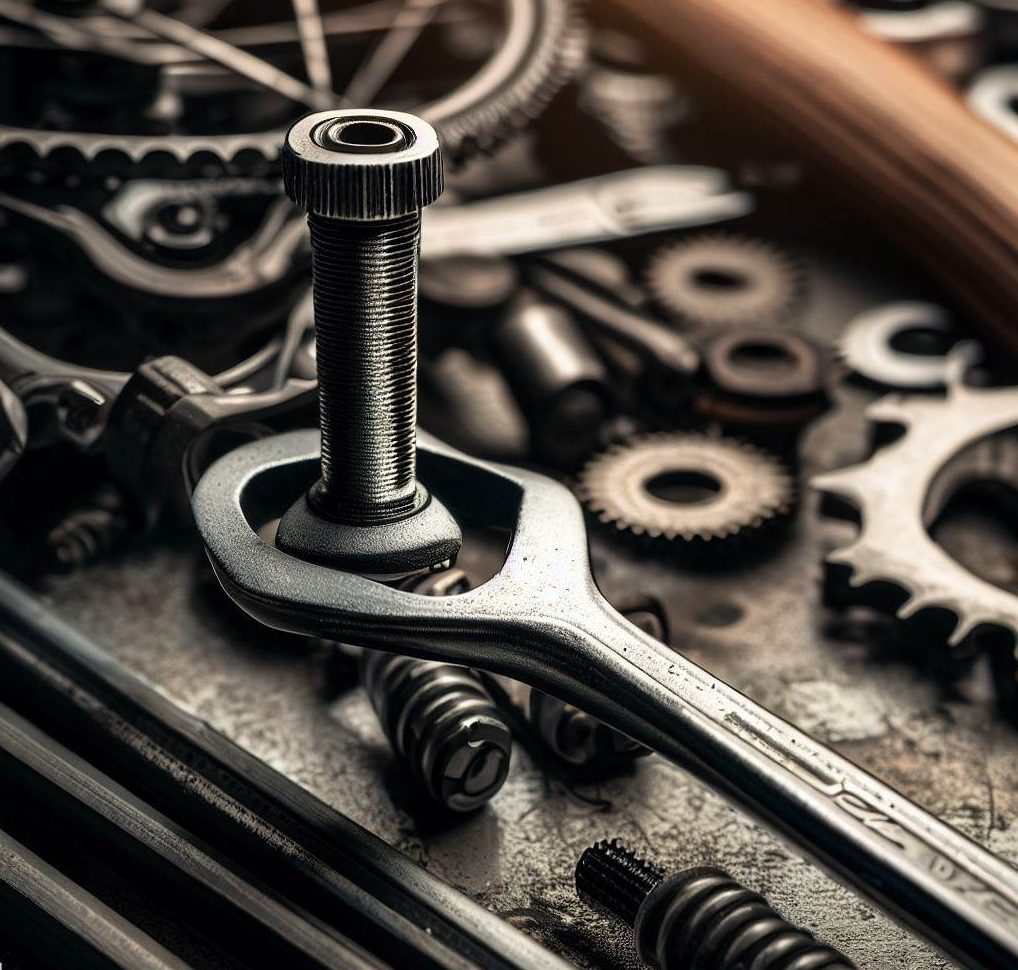
One essential aspect of properly attaching pedals to a bicycle is having the appropriate tools. There are two commonly used tools for pedal installation: the pedal spanner and the Allen key.
Choosing the right pedal spanner is crucial for a smooth and secure installation. A pedal spanner is designed with a thin, elongated shape to fit into the narrow space between the pedal and the crank arm. It provides a firm grip and allows for easy tightening or loosening of the pedals.
On the other hand, using an Allen key can offer certain benefits. Allen keys are versatile tools that can be used for various bike components, including pedals. They typically have a hexagonal shape that fits into the pedal’s hexagonal socket, ensuring a secure and precise grip. Additionally, Allen keys are often more compact and portable than pedal spanners, making them convenient for on-the-go repairs.
Ultimately, the choice between a pedal spanner and an Allen key depends on personal preference and the specific requirements of the bike.
Tips for Securing Pedals
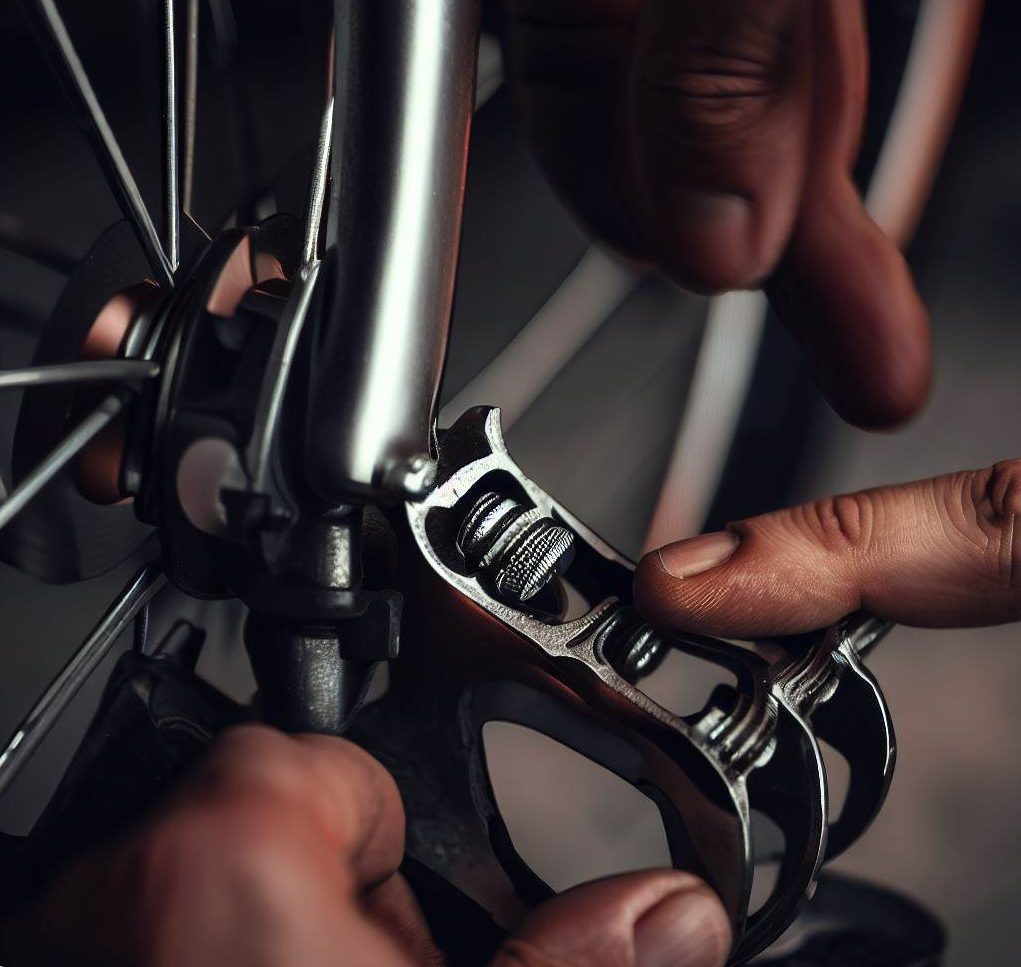
To ensure the secure attachment of pedals to a bicycle, it is important to follow proper procedures and take necessary precautions. The importance of pedal maintenance cannot be overstated, as loose or improperly installed pedals can lead to accidents and injuries while cycling.
One common mistake in pedal installation is failing to use pedal washers and anti-seize or grease. These components are essential for preventing the pedals from getting stuck and for ensuring smooth removal in the future.
Another mistake is over-tightening the pedals, which can cause damage to the threads and make them difficult to remove. It is crucial to tighten the pedals securely but not excessively.
Additionally, periodically checking the tightness of the pedals is essential to prevent them from coming undone during rides.
By following these guidelines, cyclists can enjoy safe and efficient cycling experiences.
Frequently Asked Questions
How often should I check the tightness of my pedals after installation?
Pedal tightness should be checked periodically after installation to prevent pedal loosening. Regular checks ensure safe and efficient cycling. This can be done using a pedal spanner or an Allen key to ensure the pedals are securely tightened towards the front of the bike.
Can I use a regular wrench or pliers to install pedals instead of a pedal spanner or Allen key?
A regular wrench or pliers can install pedals, but it is not the proper technique. Using a pedal spanner or allen key is recommended, as they provide better leverage and prevent damage to the pedals or bike frame.
What should I do if the pedals on my bike are stuck and won’t loosen?
If the pedals on your bike are stuck and won’t loosen, there are alternative methods to try. Common mistakes include using excessive force or not using the correct tools. It is important to approach this situation cautiously and seek professional assistance.
Is it necessary to use pedal washers and anti-seize or grease for pedal installation?
Pedal washers and anti-seize or grease are necessary for installation due to their importance in pedal maintenance. They help prevent pedals from getting stuck and inserts from being pulled out and ensure efficient and safe cycling.
Are there any specific torque specifications for tightening pedals?
The specific torque specifications for pedal installation are important for proper pedal installation techniques. Applying too much or too little torque can result in loose or damaged pedals, affecting the safety and efficiency of cycling.
Conclusion
In conclusion, mastering the art of pedal installation is essential for a seamless and enjoyable cycling experience.
Cyclists can safely and efficiently attach and secure their pedals by ensuring proper pedal orientation, using the right tools, and following the necessary precautions.
Regular checks and pedal washers and lubricants are also recommended for optimal performance.
Remember, ‘smooth pedaling is the key to unlocking a world of cycling adventures.’
So, invest time and effort in perfecting your pedal installation skills and embark on a journey filled with joy and excitement.
You may also like 📖
The 15 Best Schwinn Mountain Bikes for All Trails: Expert Reviews & Buying Guide
The Best Mountain Bikes For Beginners In 2023: 10 Outstanding Picks
10 Best Mountain Bikes For Wheelies In 2023 (Buyer’s Guide)
Schwinn Traxion Mens and Womens Mountain Bike review
Mongoose Impasse Adult Men Women Mountain Bike Review
HEAD UP2 L-Twoo A7 Alloy Dual Suspension Mountain Bike review

